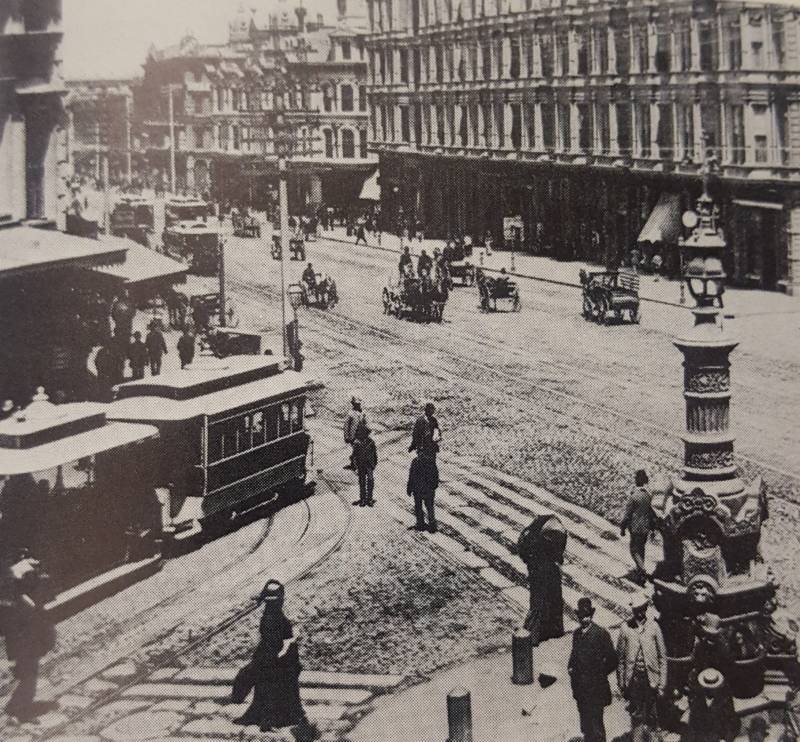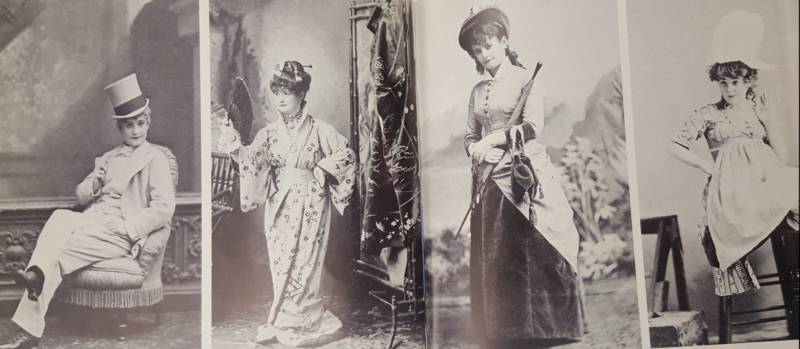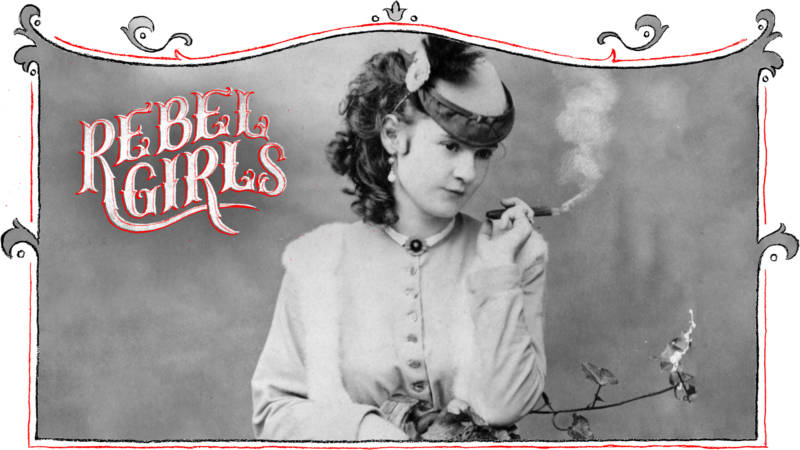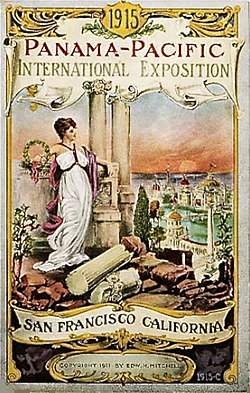In 1906, when San Francisco was plunged into chaos after the Big One hit, locals were left with few means to find each other. The cast iron fountain on Market Street, where Geary and Kearny intersect, quickly became a major meeting point. It proved to be such an important landmark that, since 1919, there has been an annual gathering at the fountain to remember all those who were lost in the earthquake and the brave souls who rebuilt afterward. What is recalled a little less frequently is how the fountain came to land in the city in 1875—it was a gift from Lotta Crabtree, an actress once known as “The San Francisco Favorite.”

Born on November 7, 1847, Lotta was the rarest of stars, in that she found fame as a child, retained her popularity throughout her teens and by the age of 21—as noted in The Triumph and Trials of Lotta Crabtree—”The rage for Lotta had begun to approach the degree of frenzy which today is reserved for rock-and-roll singers. All over the country, men and women were skipping to [dances like the] ‘Lotta Polka’ and the ‘Lotta Gallup’.”
When Lotta was five, the Crabtree family lived in Grass Valley, when it was still the heart of California gold-mining country. Fearless, precocious and encouraged by both her parents and her famous neighbor, Lola Montez (who taught her professional dance moves), Lotta lifted the spirits of weary miners with her banjo playing, ballad singing, “red hair, merry black eyes, irrepressible laugh, [and] dancing [as] light as gossamer.” Her appreciative audience paid her with gold nuggets that Lotta’s mother, Mary Ann, collected in a leather pouch. By the time the mining camps had given way to taverns, and the taverns had given way to bonafide San Francisco stages, Mary Ann needed a steamer trunk to carry all the loot.
It made sense for the Crabtrees to move to the city to enable Lotta to pursue her dreams, so when she was 8, they did just that. It was a remarkable time for any performer to be working in San Francisco. From The Triumphs and Trials of Lotta Crabtree:
“Part of the charm of SF was its freewheeling and improvising spirit… In one sense, the theater typified the city’s wild and freebooting kind of life, and, in another sense, it provided convenient, if momentary, refuge from it. In a place as primitive as San Francisco during the gold rush decade, the theater mediated between the higher and lower impulses of the more sedate citizens who were determined to enjoy themselves, yet needed a sanction for their pleasures.”
By the time she was 11, Lotta was touring California. As she entered her teens, demand for Lotta took her all over the country to act in a wide variety of plays. Lotta proved herself such a versatile and compelling actress, she was invited to perform in London and Paris. The “San Francisco Favorite” was now a worldwide wonder.

Remarkably, rather than wearing her down, Lotta seemed to thrive while living on the road—something that inspired her to start her own touring company in 1875. One of the things most noted about her was that she retained a joyful youthfulness no matter how old she got or how far she traveled. Even as she reached middle-age, onlookers noted the “strange childlike innocence that would always be her style” and the “beauty [that] radiated from her diminutive, bouncing person.”

 Lotta’s
Lotta’s 

